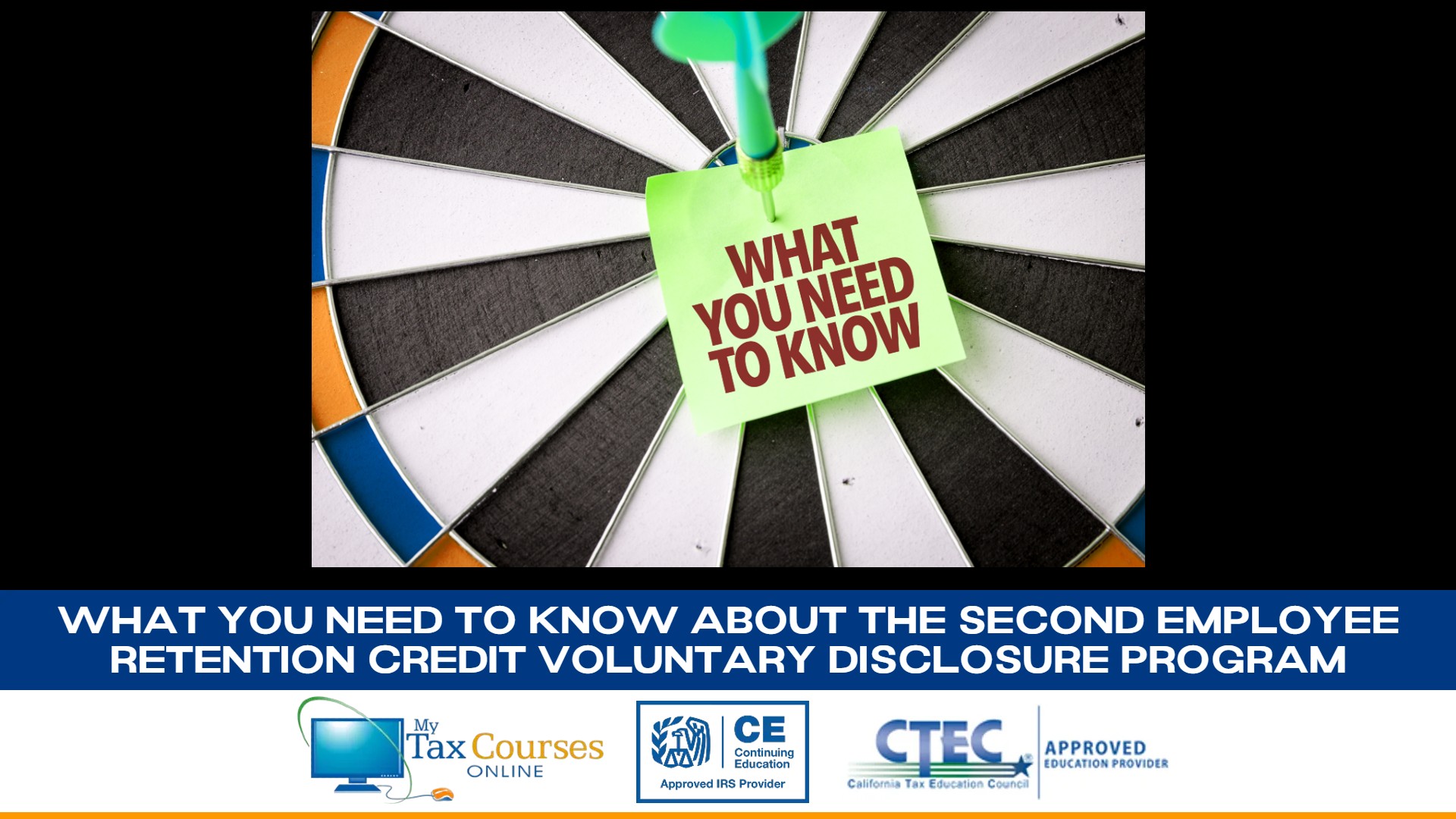If your client made a mistake regarding the Employee Retention Credit rules, they may be able to apply for the second ERC Voluntary Disclosure Program and get a discount on repaying their improper credit, but hurry because this program ends November 22, 2024.
The IRS has reopened the Employee Retention Credit Voluntary Disclosure Program (ERC-VDP) for the 2021 tax period, providing a valuable opportunity for businesses and tax-exempt organizations that claimed the ERC but later found themselves ineligible. This second voluntary disclosure program is available until November 22, 2024, allowing businesses to voluntarily return the credit while minimizing penalties and interest. As a tax preparer, you can guide your clients through this process and make sure they understand the benefits and eligibility criteria of the program.
For clients who improperly claimed the ERC, the second ERC-VDP offers several advantages. First, participants need to repay only 85% of the claimed credit, with no interest on the refunded amount. Additionally, clients are not required to amend their income tax returns to reduce wage expenses, and the 15% reduction is not considered taxable income. Another critical benefit is that the IRS will not impose penalties or interest if the full repayment is made by the time the closing agreement is submitted. By participating in this program, clients can avoid IRS audits for the resolved tax periods.
Eligibility for the second ERC-VDP applies to businesses that received and cashed an ERC refund or had it applied as a credit. However, participants must meet specific conditions, including not being under IRS audit or criminal investigation. Importantly, businesses that work with a third-party payer to file their claims must collaborate with that payer to apply for the program.
As a tax preparer, you can assist clients by helping them determine their eligibility, completing the necessary forms, and submitting their application packages by the November 2024 deadline. It's important to mention that if clients cannot pay their ERC-VDP amount in full, they may apply for an installment agreement or other payment options through Form 433-B. Additionally, those liable for the Trust Fund Recovery Penalty (TFRP) must submit Form 2750 along with the application.
Advising your clients to act promptly and take advantage of the second ERC-VDP can help them avoid further financial and legal consequences, providing a smoother resolution of any improper ERC claims.
Click this link to learn more: https://www.irs.gov/coronavirus/employee-retention-credit-voluntary-disclosure-program








